 [Checking the news this past December 12, I learned from Forbes that “On December 9 PRNewswire announced that Australian photographer Peter Lik sold a photograph entitled ‘Phantom’ for a record-setting $6.5 million. ‘Phantom,’ now the world’s most expensive photograph ever sold, was shot in a subterranean cavern in Arizona’s Antelope Canyon.” (See Rachel Hennessey’s report, “A Shot in the Dark.”
[Checking the news this past December 12, I learned from Forbes that “On December 9 PRNewswire announced that Australian photographer Peter Lik sold a photograph entitled ‘Phantom’ for a record-setting $6.5 million. ‘Phantom,’ now the world’s most expensive photograph ever sold, was shot in a subterranean cavern in Arizona’s Antelope Canyon.” (See Rachel Hennessey’s report, “A Shot in the Dark.”
Having never heard of Lik, I checked his website, which presents him as a maker of perfectly generic images, one who has demonstrated no influence on his field nor evoked any critical commentary. (Save, perhaps, for Jonathan Jones’s bashing of him and this image in The Guardian, from the U.K.) Think of Lik as photography’s answer to Thomas Kinkade, a/ka/a “The Painter of Light.” Most of Lik’s images come in lurid colors, and apparently he made this $6.5 million one originally in color, or else made negatives or digital files thereof in both color and black & white. His b&w work — what few samples thereof I find at his site — strike me as fifth-generation Group f/64 derivatives.
If these comments hurt Lik’s feelings, he can cry all the way to the bank. Several earlier works, Hennesey informs us, “‘Illusion’ ($2.4 million) and ‘Eternal Moods’ ($1.1 million) were also sold to the same buyer. These, along with his sale of ‘One’ ($1 million) in 2010, mean that Lik now holds four of the top 20 spots for most expensive photographs ever sold. Due to privacy concerns, the buyer has requested to remain anonymous.”
Don’t ask me to explain any of this. I’ll hazard a guess that the mystery buyer’s Chinese (because, as I learned during my time there, they enjoy spending obscene amounts of money on stuff they simply like, its actual market value and cultural impact be damned). Aside from that, I have no clue as to how this came about or what it signifies for the market in contemporary photography, save that lightning obviously can strike twice or more.
Ironically, I found myself in exactly the reverse situation in China in December 2006. As we sat over breakfast in the apartment we then maintained in Shenzhen, my new wife Anna Lung, reading her morning paper, the Shenzhen Economic Daily, said “Honey, there’s an article here that might interest you. The headline reads, ‘How Much Should One Photograph be Worth?'”
As Anna translated it to me, the article concerned the then-recent sale of a master print of Edward Steichen’s 1904 pictorialist gem, “The Pond — Moonlight,” for a record-setting USD $2.92 million. Based on minimal research, the writer came to the conclusion — I’m oversimplifying here, but not by much — that some westerner with a potload of money to spend wandered into the auction house that day.
I started explaining to Anna (who’s not from the art/photo field, though very interested in it) that this was just wrongheaded, deeply so. About 15 minutes into our discussion I looked at her and said, “I should be writing this, shouldn’t I?” She nodded.
To make a long story short, I started drafting a response, we contacted the SED, they commissioned it and then published it on January 29, 2007, along with an interview with/profile of me. (Click here for the online version of my essay. Click here for Part 1 of the accompanying interview with me, whose title translates as “Further Questions on Collecting Photography in China.” Click here for Part 2 of that interview, “The best Chinese photographic work is world-class.” Click here for a downloadable PDF of both parts. All in Chinese.) This marks its first appearance in English. — A. D. C.]
•
What Makes One Photographic Print Worth USD $2.9 Million?
by A. D. Coleman
A recent article on the developing market for photographs as collectible objects in China starts by asking, “How much could a photo be worth? Now the highest record is USD$2.928 million. What makes Edward Steichen’s 1904 print ‘The Pond — Moonlight’ so valuable?” (Liu You Yang, “How Much Should One Photograph be Worth?” Shenzhen Economic Daily, December 29, 2006, Culture & Arts section, page C1.) This print, which sold at Sotheby’s in New York for USD$2.92 million on February 14, 2006, set a world record for the highest price paid at auction to date for a single photograph.
What makes this print worth USD $2.9 million? That’s certainly a good question, and it deserves a good answer. It’s true that in a market economy prices are established by what people are willing to pay, and those decisions are sometimes irrational and often unpredictable. But the inherent value of the Steichen print does not stem from chance, nor from arbitrary issues of taste or fashionable passing trends in art.
Consider the following:
• This print is an exquisitely beautiful handmade object in its own right. Printed by the photographer himself, it was exposed in the darkroom at least twice, using two or more separate manual coatings of emulsion. The result is a dark, subtle, luminous blue-green nocturne, a prime example of what in the west are now called photography’s “alternative processes.” The print is in perfect condition, and bears Steichen’s signature.
• The print came from the collection of the Metropolitan Museum of Art in New York, which deaccessioned it to raise funds. So it is, by definition, a museum-quality work.
• The print is one of only three known prints of this work, each a significant variant. One is held by the Museum of Modern Art in New York, where Steichen concluded his career in photography by serving as Director of the Department of Photography. The other remains in the collection of the Metropolitan Museum. Though we could therefore consider it part of a set of three multiples of the same image based on the same negative, it is also a unique, one-of-a-kind work, since the printmaking process Steichen used for all three versions was not exactly repeatable. (Because many western and Chinese dealers — including those quoted in the above-mentioned article — eagerly promote the idea of limited-edition production and persuade beginning collectors to accept that concept, it’s worth pointing out that none of these Steichen prints are part of a formal “limited edition,” and none are even numbered.)
• The print comes with impeccable provenance. It was a gift from Steichen to Alfred Stieglitz, a figure of central importance in the history of 20th-century photography and art, who subsequently donated it to the Metropolitan Museum along with other works (thereby creating the first museum collection of creative photography in the world). Exhibited at the influential Photo-Secession galleries in New York City and elsewhere after its creation but before that donation, reproduced soon after its creation in the journal Camera Work, written about in the critical literature of the period, it was a reference point for many in its own time.
• This image is thus a noteworthy image in the history of photography, certainly one of the defining images of the Pictorialist movement. The champions of Pictorialism as a photographic tendency — especially the U.S. version thereof — fought successfully for the acceptance of photography as a creative medium, worthy of consideration alongside painting, sculpture, and the other visual media. Many of the foremost figures of 20th-century photography — including Edward Weston, Ansel Adams, Imogen Cunningham, and Edward S. Curtis — began their careers in photography as pictorialists. (Though out of fashion for half a century, pictorialism has experienced a resurgence since 1970.)
• Steichen was a high-profile figure in the Pictorialist movement. He co-founded (with Alfred Stieglitz) the U.S.-based coalition called the Photo-Secession, which spearheaded the Pictorialist movement in the States, and he served as an important go-between linking the U.S. pictorialists with their European counterparts.
• Steichen designed the cover and logo for the journal Camera Work, house organ of the Photo-Secession and arguably the most influential critical journal in photography of all time.
• Steichen also designed the “Little Galleries” of the Photo-Secession that Stieglitz ran for many years — a design that broke with the then-current fashion in art galleries for velvet and brocade and ornate decor in favor of plain, clean lines, white walls interspersed with burlap-covered panels in earth tones, and simple, unobtrusive framing, lighting, and presentation of photography and other works of art. Indeed, those galleries constituted the unacknowledged prototype of what U.S. art critic Brian O’Doherty named “the white cube,” which many consider the definitive contextualizing space of modern and postmodern art.
• In addition to his efforts linking photographers from Europe with their U.S. colleagues, Steichen — who was also a painter — scouted European art and helped to introduce the work of Rodin, Matisse, Cézanne, Picasso, Brancusi, and numerous other notable figures to the United States, through exhibitions he arranged at the Photo-Secession galleries in New York. To a considerable extent, what we call “modern art” first came to the U.S. as a result of his efforts.
• Parting company with Stieglitz and the Photo-Secessionists, starting circa 1911 Steichen pioneered new forms of fashion, portrait, and product photography for the Condé Nast magazine company and other outlets, becoming the first high-profile photographer to exemplify the option of crossover activity between creative and applied forms of the medium.
• At approximately the same time, in the years just before World War I, Steichen’s own photography moved toward a more hard-edged approach that addressed a broader range of subject matter and rejected post-exposure handwork in printmaking. This would come to be called modernism or (by some in the U.S.) “straight” or “pure” photography. Steichen was one of the first to embrace this photographic tendency, which dominated photography internationally for half a century and is still widely practiced. He applied it to his commercial work as well as his own creative efforts.
• In World War I Steichen helped develop techniques of aerial photography for the U.S. military. In World War II he volunteered again for service, heading a photographic unit for the U.S. Navy in the Pacific theater. Potent photographic imagery (both still and film) produced by that unit turned into influential traveling exhibitions, books, and a documentary film.
• Upon returning to the U.S. at the end of that war Steichen became the director of the Department of Photography of the Museum of Modern Art in New York, at that time unquestionably the single most influential sponsorial position in contemporary creative photography. There he masterminded the 1955 exhibition “The Family of Man” — a massive survey of mostly photojournalism and documentary photography that traveled internationally for years. This show, containing 503 pictures by 273 photographers from 68 countries, is arguably the single most influential photo exhibit of all time; its accompanying catalogue (still in print half a century later) is demonstrably the best-selling photo book of all time, and has spread the project’s influence even further.
• “The Family of Man” proved to museum directors and curators everywhere the popular appeal of photojournalism and documentary photography when presented in a museum setting, thus encouraging museums around the world to show such work. It also premiered the concept of the large-scale international traveling museum exhibition — a phenomenon now commonplace in the museum world but virtually unknown in the 1950s.
•
![]() In short, many readily identifiable factors make “The Pond — Moonlight” an unusually collectible work of 20th-century art. Denise Bethel, head of Sotheby’s photography division and the auctioneer who handled the sale of “The Pond,” has described it as a “perfect storm” of a print — meaning one in which all the necessary elements coincided: the scarcity of the object, its quality and condition, its provenance, the notable and extensive body of work from which it comes, the international stature and influence of its maker, and more. It achieved the price it did because connoisseurship made its inherent value obvious, after which the law of supply and demand went into effect.
In short, many readily identifiable factors make “The Pond — Moonlight” an unusually collectible work of 20th-century art. Denise Bethel, head of Sotheby’s photography division and the auctioneer who handled the sale of “The Pond,” has described it as a “perfect storm” of a print — meaning one in which all the necessary elements coincided: the scarcity of the object, its quality and condition, its provenance, the notable and extensive body of work from which it comes, the international stature and influence of its maker, and more. It achieved the price it did because connoisseurship made its inherent value obvious, after which the law of supply and demand went into effect.
Of course it helped that the art market — including the market for photographs — has reached an all-time high, and that four decades of research and writing and education in the west have resulted in an awareness of the history of photography that enables knowledgeable collectors to position a work like this in the medium’s evolution and understand and appreciate its significance. This is not, after all, just a stereotypical image with mere sentimental appeal made recognizable and popular by widespread circulation. Indeed, the Steichen image itself was not well-known outside of photography circles before this sale. It commanded its record price because educated bidders understood the cultural and creative importance of what they saw in front of them on the auction block, knew its crucial role within the history of photography, and had the capital to compete with each other to own it.
Liu’s article raises other important questions, including differences in the market response to creative/conceptual photography versus documentary photography and the function of limited editions as a marketing device for photographs. These are serious issues, meriting more discussion that this space allows. What’s notable is that Liu has raised them, and that the Shenzhen Economic Daily has brought them forward. These are positive signs, indicating that the audience and market for photography in China have reached a new level of sophistication and are ready to achieve a new level of understanding.
•
[Postscript: If that Steichen should enter the secondary market again, I feel confident that its inherent value as a historic artifact would ensure its resale at or above its 2006 price. I doubt very much that the proud possessor of Lik’s “one-of-a-kind” print ‘Phantom” could turn around tomorrow and unload it for even a tenth of what he paid for it.]
© Copyright 2006 by A. D. Coleman. All rights reserved. By permission of the author and Image/World Syndication Services, imageworld (at) nearbycafe (dot) com.


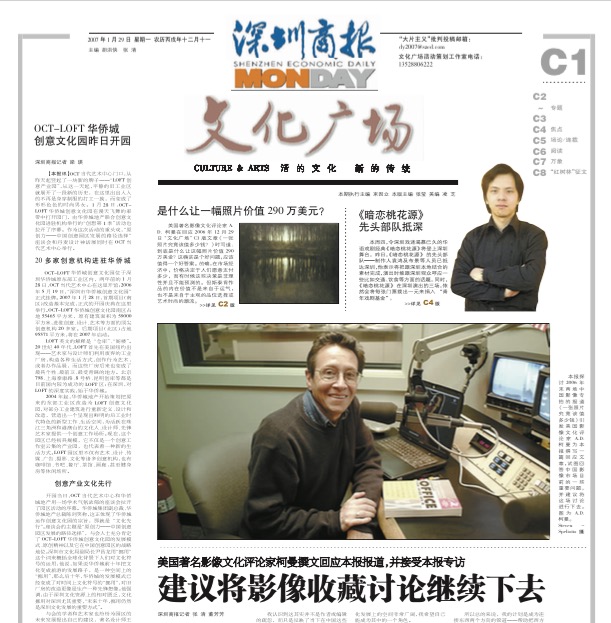
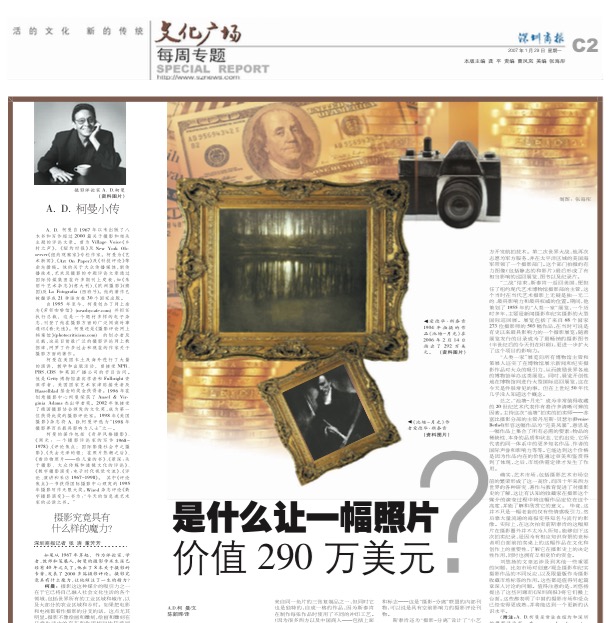
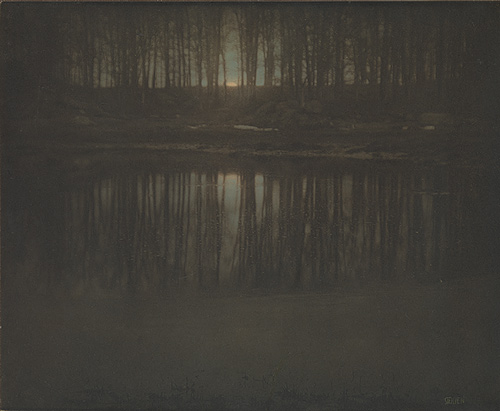
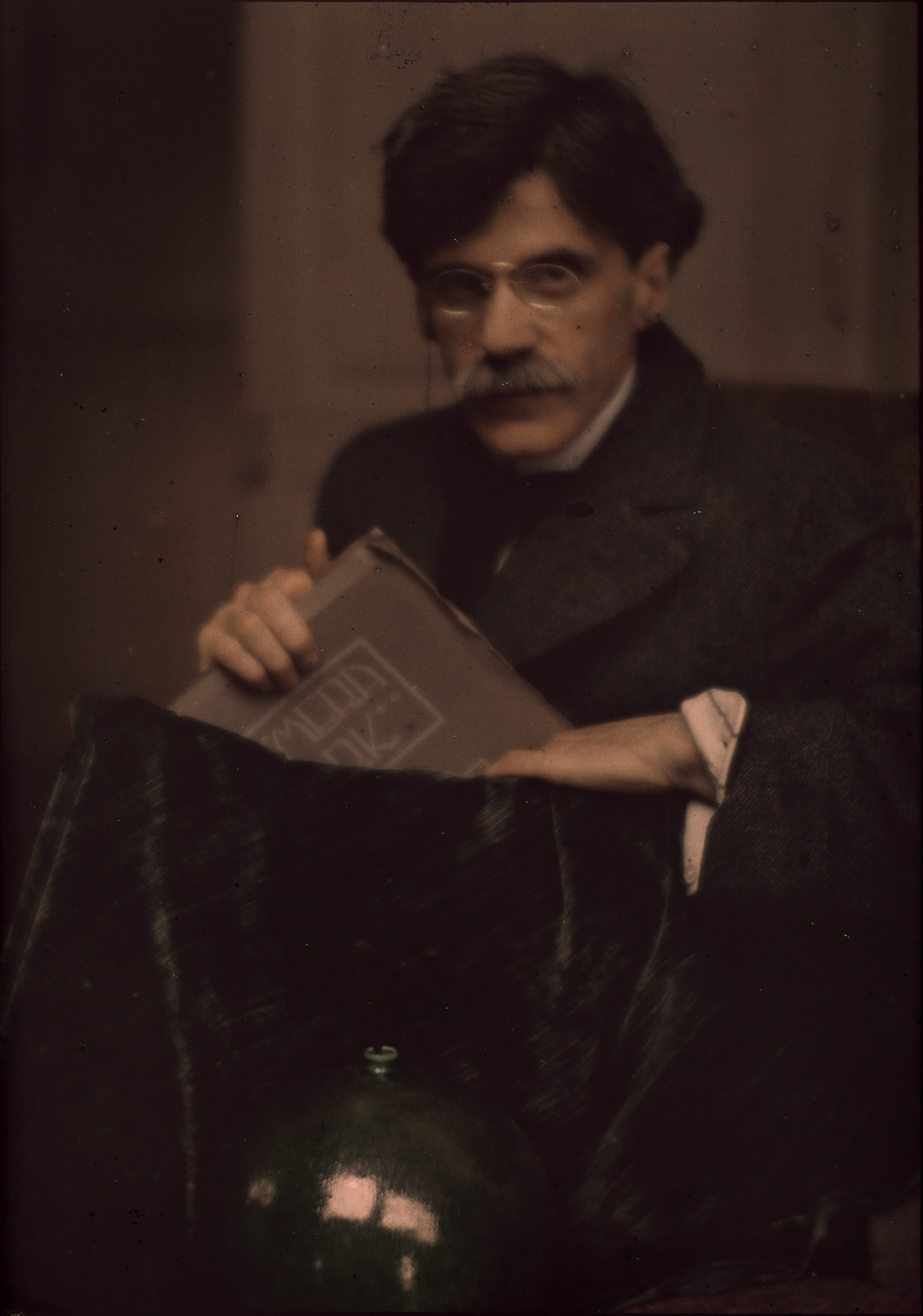
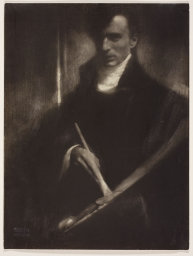
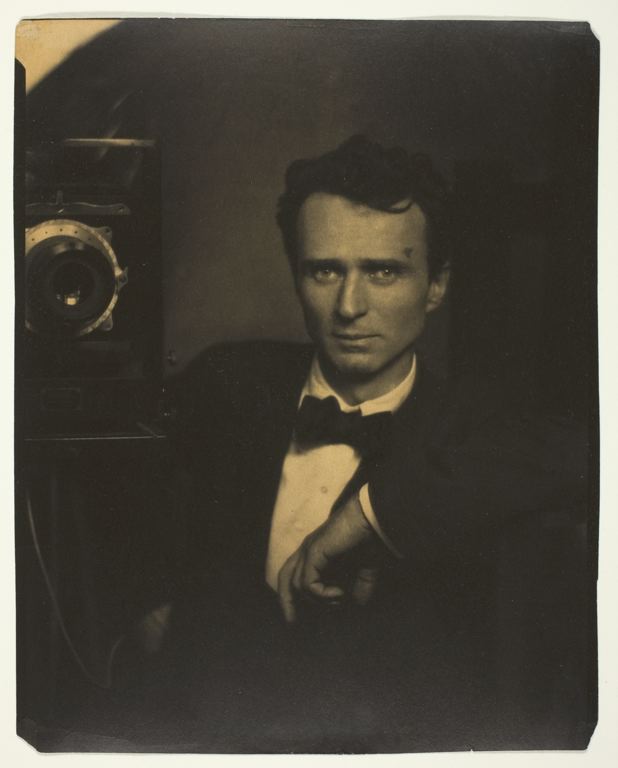
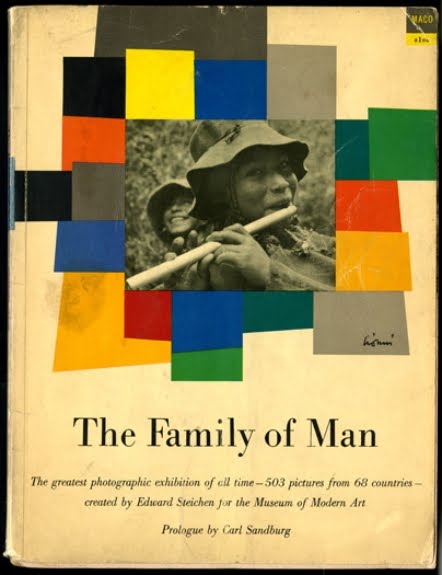
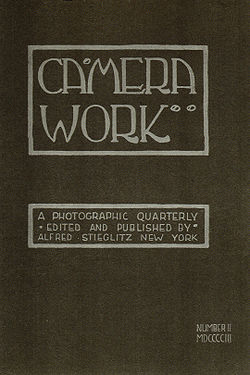




There is another comment (from the UK) giving an alternative perspective on Lik’s work which you might find of interest: http://www.duckrabbit.info/2014/12/phenomenon-non-non-non/
Thanks for this link to your commentary, “Phenomenon: non, non, non.” It hadn’t occurred to me that Lik had in effect staged or created that “phantom,” which doesn’t affect my opinion of his image in either direction. But I’m pleased to learn of this trick for making certain types of light phenomena visible to lens and film (or pixels, as the case may be).
Good article.
I guess if a dirty bed can sell for millions
http://www.artnewsblog.com/wp-content/uploads/2014/06/tracey-emin-bed.jpg
A tricycle photo can sell for half a million…
http://www.theartnewspaper.com/imgart/eggleston-tricycle.jpg
http://petapixel.com/2012/03/20/why-this-photograph-is-worth-578500/
Then Lik’s photos may be worth the money. At least it is pretty and big!
Personally I prefer Cartier-Bresson’s work. His photos are a bargain in comparison.
http://www.michaelhoppengallery.com/artist,show,2,35,0,0,0,0,0,0,henri_cartier_bresson.html
The best inkjet prints costs $2 to $20 each to produce for a moderate sized print on rag paper. (If the prints are self-produced.) Everything above that cost is gravy.
The art community, fueled by curators and collectors, must hold out hope to the millions of struggling artists and photographers that will never achieve much with their life’s work.
They need to dangle a carrot in front of them to keep them charged up in the hopes that their sunset or tricycle photo may sell for millions one day. As such, a few hero’s are trotted out periodically to show what they may hope to achieve one day.
I don’t have such illusions about my photography. I specialize in social documentary photography aka ‘ugly’ photography. In addition, much of my work is socially unacceptable to display. But, it is no big deal to me – I do what I love – people are my landscape.
Sure, I wish I my photographs would sell for a lot of money. I’m not rich and my photography is all self-funded. More money would help me to be able to do more in-depth projects. But, I never got into photography for love of money…I do it for love of freezing time.
My advice for the photographer looking to make millions from photography is this. Go to Hollywood and get into movies. It is much easier to become a world famous and rich actor or actress than it is to become a world famous and rich photographer.
But don’t let me be a dream buster for any of you. If you have dreams just keep working towards them.
“they enjoy spending obscene amounts of money on stuff they simply like, its actual market value and cultural impact be damned)”
Can’t really see anything wrong with that. Its a concept that ought to be encouraged. Of course that’s only an artist’s point of view.
As my father used to say, that’s what makes horse races. It’s also the difference between an artist’s point of view (yours, anyhow) and that of a critic, historian, and cultural journalist.
It reminds me of the story — perhaps apocryphal — of the Russian mafioso who sent a bottle of wine back because it wasn’t expensive enough.
Allan, I neglected to compliment you on the summing up of the various strands of Steichen’s career. It would be your first paragraph however, that should be, but is not always, central to the preoccupations of all three – “critic, historian, cultural journalist,” though often with decreasing interest. Certainly the critic would attempt to say what might be the source of aesthetic interest in a subject that has been, shall we say, done to death, but never with greater success. Not that financial stakes ever fail to enthrall.
On “horse racing,” it would appear at least temporarily that Gauguin at £30m has pulled ahead of Van Gogh, with both many lengths ahead of the swiftest photographer. All arts, however, lag greatly behind the obscene amounts of money wasted on the machinery for war.
I remember a conversation I had in 1993 with Weston Naef, then head of the photography collection at the Getty Museum in LA. I noted that, with their private endowment, the Getty could afford to outbid just about anyone. He replied, “We can’t buy everything that we want, the sky is not the limit, and there’s a fixed budget we can’t go beyond.”
Beyond that, he told me, they followed a different policy: based on their research, they determined the approximate value of a given item on the market at that time, and wouldn’t pay significantly more than that. Not only didn’t they want to be the 800-pound gorilla in the auction room, but, he said, “We don’t want to distort the market.” (If I have that last part wrong, I hope that Weston will correct me.)
As a maker of IP, I wouldn’t turn down anyone who wanted to license (or even purchase outright, including all rights) any essay of mine for $6.5 million. But I’d consider it healthier for the field of photo criticism to have a support system for serious long-term practitioners put in place that guaranteed them retention of their copyright and subsidiary rights, decent fees for their work, and comprehensive health insurance.
I fully agree about the idea of a support system, Alan, and I’ve broached the idea in the past. The NEA, I believe, was intended to function that way, but seemed to get wrapped up in politics. An approach which I suggested in the ’80s was tied to the mega-dollars from high profile art sales. But can you imagine agreement on this or seemingly any approach that isn’t, like the Resale Rights Contract, only a piecemeal approach to the idea? Meanwhile, healthy or not, I think it would be best to simply accept the $6.5m, which should make up for a lot of missing “decent fees.” Isn’t the health insurance part covered by ACA?
The NEA “got wrapped up in politics” because its name was a lie. It was never an endowment; it was an allotment. But that’s a whole ‘nuther discussion.
The NEA Art Critics Fellowships (of which I was one recipient) were modest and project-specific — meaning that, unlike the NEA grants to artists, you actually had to propose a (presumably) viable project, not just submit a set of slides. In any case, one-time grants (even if some artists got them more than once) don’t constitute a support system in any meaningful sense of the term.
I have deep suspicion of patronage systems, governmental or private. I just wanted to get paid reasonably for my work, not face endless fights with editors and publishers over copyright and subsidiary rights, and have affordable comprehensive health care. When I got into this field, in the late ’60s, the fees were low, and as a freelance health insurance wasn’t cheap, but few in publishing expected writers to sign over their copyright and sub rights. Today, almost half a century later, the fees haven’t risen measurably, and in some cases have stayed the same or declined; the fight over copyright etc. is unending; individual health insurance has a whopping cost; and the internet has devastated the publishing industry. See my November 2011 talk, “Dinosaur Bones,” for details.)
Don’t know what you refer to as ACA, but no entity I know of “covers” health insurance for independent critics, historians, curators, or journalists. At best they enable participation in a group plan, which keeps the rates down a bit. I’m in the Medicare system now, so it’s no longer a concern, but before that it certainly was.
Of course I’d take the $6.5 million, putting some of it to good use for myself and my family, probably endowing something to support those who come after me, if any do. But no sane person would enter a field, or stay in it, because they might hit such a jackpot.
By ACA I meant, at least in my understanding, Obamacare, (Affordable Care Act?) though its coverage options are not limited to one or more professions. The health care system here is free, though I gather that in some parts of the country it is less effective for having more limited resources. My own experience has been highly positive.
The ACA/Obamacare was not in place when I needed health insurance. So I haven’t really looked at what it would cost me in today’s dollars were I now anywhere from age 25-65, vs what it cost me in dollars during those years of my life.
If the Republic Party doesn’t succeed in dismantling it, this will probably make things a bit easier for freelancers. But they’ll still have to shoulder the whole cost of that individually, unlike full-time employees whose employers carry part of that expense. Moreover, that reduction in cost hardly solves the larger problem of shrinking fees for independent makers of IP (authors, in any case), disappearance of paying outlets, collapse of the periodicals industry, etc. I truly don’t know if, were I just now starting my professional life, I’d hang out my shingle as a freelance critic, because I have absolutely no idea how I’d go about making even a marginal living at it today.